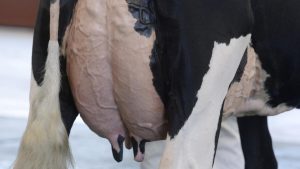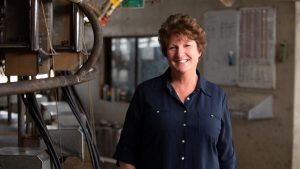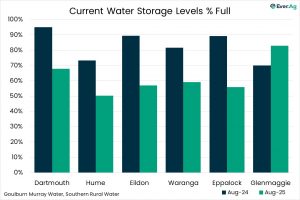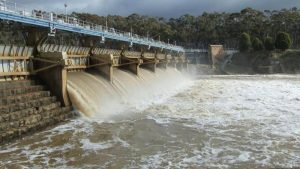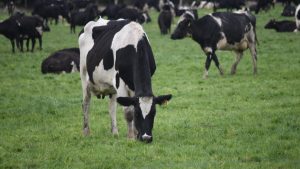
Inland from the pretty New South Wales seaside town of Kiama, Jamberoo Valley has had a remarkably wet year, with nearly 900mm of rain in a single month.
The weather conditions added to a range of long-term factors that have put the future of the area’s dairy farmers in doubt, forcing a cut in production that has pushed prices up to 25 cents more to their customers.
But now some farmers in and around the valley are banding together to do business differently, creating their own hyperlocal brand in an attempt to reduce their dependence on the big milk processors and stave off long-term trends that threaten to make an historic industry unviable.
Some of the local dairy farmers have connections to those who fed Sydney in the early years of colonial settlement. In those days, the region’s dairy goods – mainly butter and cheese – would leave Kiama Harbour on ships for Sydney.
But the rise in land values in recent years means dairy farms are now worth more as real estate than for their agricultural production value. Prices have hit as much as $20,000 an acre in the valley as a result of the voracious housing demand that accelerated as the pandemic forced people to rethink their city lives.
Consequently, the number of dairy farms has been shrinking and the remaining Jamberoo milk producers face the uncertainties of a particularly volatile market.
Six years ago, they were forced to accept a sudden retrospective price drop from some big milk processors. Now the price has risen sharply, but the farmers are struggling to produce enough milk to satisfy their customers.
Dairy farmer and small-scale milk processor John Fairley, whose family has farmed at nearby Picton since 1855, sells milk under the Country Valley milk label, and he had been thinking hard about the customer preference for local provenance.
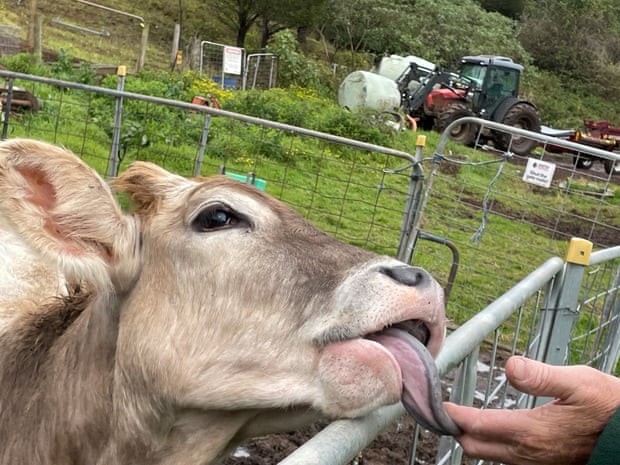
Micro-regional branding
Fairley saw an opportunity for a distinct Jamberoo milk label that would give dairy farmers in the valley a product to market direct to retailers.
Fairley’s milk trucks now pick up Jamberoo milk three or four times a week, where it is stored in different silos from the Country Valley milk. Jamberoo milk produces 6,000 litres of milk a week, which is sold to 55 outlets under the micro-regional Jamberoo label.
Fairley hopes to hit 15,000 litres a week as milking conditions improve.
“I’ll be happy enough with that,” he says.
Recently he had to put his milk up 55 cents a litre to retailers, on par with the price to major processors, and says he lost only one customer.
“Everyone is being very understanding,” he says.
The new label has been widely accepted in the area, partly as a result of a social media campaign. Within a few days of the first Facebook post, sales rose 23% in one day.
The Earth Walker and Co cafe in Coledale, north of Wollongong, buys Country Valley milk as a way of supporting local business and food sources while IGA Jamberoo owner Trevor Fredericks says Jamberoo Valley now makes up a large part of local milk sales.
“Consumers have really embraced it, wanting to support something that is very local.”
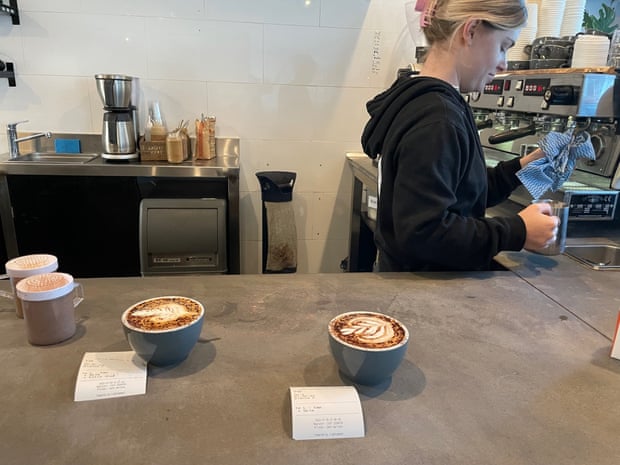
The last generation
Whether the initiative can make a real difference to the industry’s prospects in the area remains to be seen.
Gary Marks’s family was in local dairying for five generations before he made the difficult decision to exit 20 years ago, after the industry was deregulated.
“People just started to move on,” he says. “Deregulation saw my milk price plummet 50 cents a litre to 27 cents a litre.
“It’s almost impossible for anyone young to get started, there’s just not enough return on capital invested … The only real path is to somehow diversify into other areas such as farm tourism, while keeping their dairy herds going.”
He thinks the creation of a specific Jamberoo milk label is a “wonderful idea”.
Jamberoo Valley’s social media campaign was driven by local sea-changer Alan Smith. Smith bought part of the Marks’s old Terragong estate and now agists local herds. He says he has constantly struggled through council regulations to get ideas to diversify his business approved.
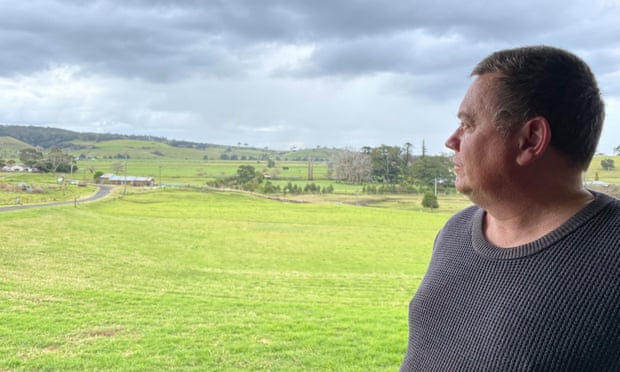
He says even a few pigs were seen as “intensive agriculture” and predicts the cycle of farmland conversion will intensify in the valley as land values on the south coast soar by as much as 30%.
Smith has calculated it would take 35 years for a person starting cold on a dairy farm to make a profit, with startup costs about $1m for a dairy and a herd.
In the Kiama local government area that includes Jamberoo, Smith says 41% of local agricultural businesses turn over less than $50,000, and 78.4% don’t employ anyone.
“Left unchecked, farming within the Kiama municipal council local government area may well be in its last generation,” he says.
It’s a sad prognosis for farmers, but the Jamberoo milk label is giving them some hope.
“I’d like to keep this view,” Smith says, pointing out to the dairy farms along Swamp Road and a line of cows heading in to be milked.




